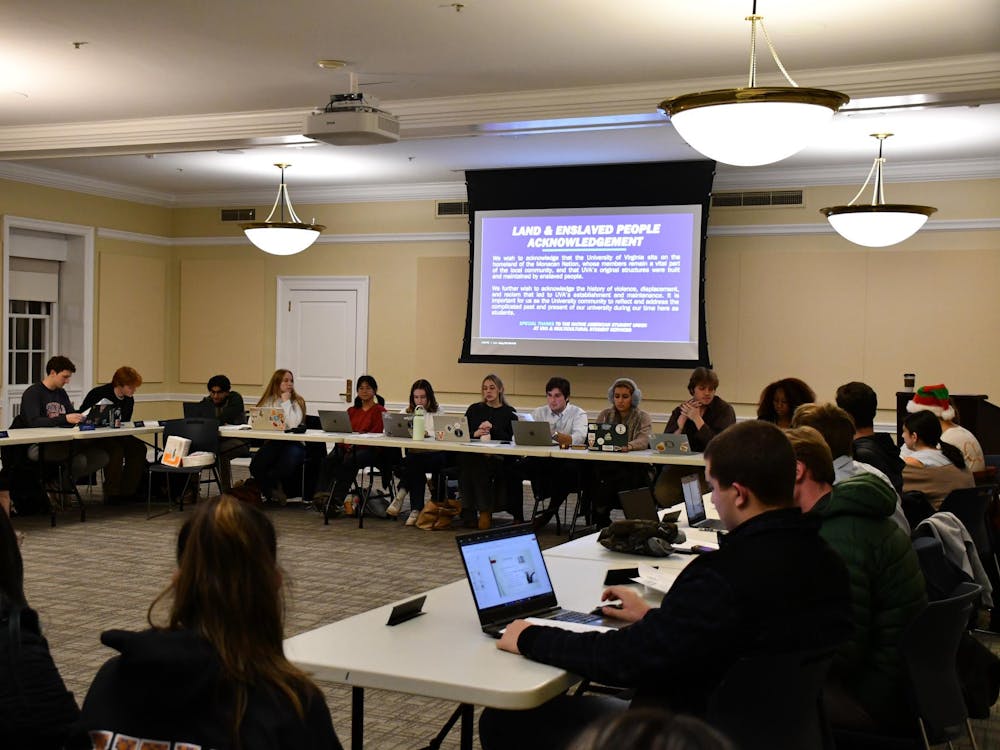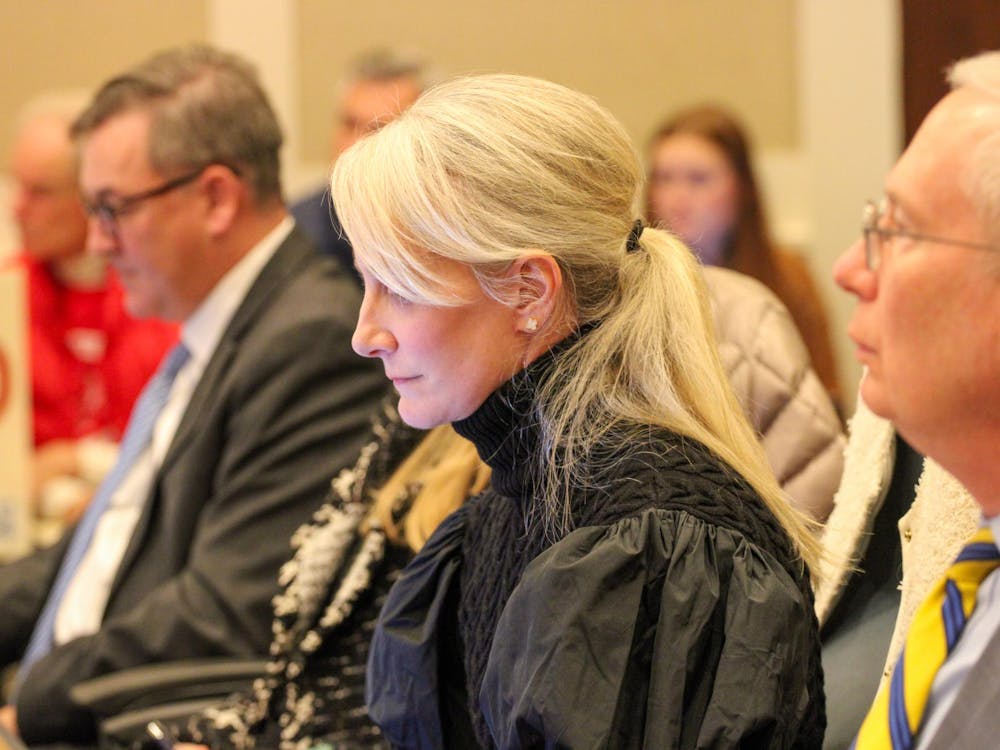The cost of college still is on the rise, but tuition increases around the country are the lowest in four years, according to a recent report by the College Board.
College tuition and fees rose less than 5 percent from 1998-99 to 1999-2000, the study found.
At private four-year institutions, prices rose by 4.6 percent, while their public counterparts increased tuition and fees by 3.4 percent. With these price jumps, national average tuition totals $15,380 at a private institution and $3,356 at a public institution.
At the University, overall tuition actually is declining. The University cut in-state tuition by 20 percent last year, and increased out-of-state costs by 5 percent, bringing the price to $4,130 for Virginians and $16,603 for out-of-state students.
While the University is more expensive than most public universities, Budget Director Melody Bianchetto said this discrepancy is deceiving. When compared with institutions of similar reputation and ranking, many of which are private, the University compares well, Bianchetto said.
Terry Hartle, senior vice president of the American Council on Education, said the moderate tuition increases at public institutions are largely the result of higher levels of state support.
State funding enabled last year's 20 percent in-state tuition cut at the University, Bianchetto said.
The $64 billion available nationwide in total financial aid, up 85 percent over the last decade, also eases students' expenses, the report found.
College Board spokesman Jeffrey Penn attributed the slower rate of tuition hikes to the strong economic climate, heavy attention to college costs in the past five to 10 years and creative solutions to cutting costs at institutions.
Colleges and universities have been able to cut costs with measures like improving efficiency by installing the latest technologies, farming out food services to outside companies and shifting faculty relationships so that fewer professors hold tenure, Penn said. Bianchetto said the University curtails expenses by funding new projects with unused money from extinct programs.
But even with these measures, average tuition increases still exceed the rate of inflation, the report stated.
Both Penn and Hartle said funding first-rate universities simply is an expensive enterprise.
For example, at the University, a 5 percent increase in tuition for out-of-state students was necessary to pay for a state mandated faculty and staff salary increase, Bianchetto said.
"Parent and student demands for facilities and quality of life is very high," Penn said.
High tuition can lead low-income families to believe that college is simply out of financial reach, Hartle said.
Costs are not scaring students away from the University, however, where applications are at an all-time high, Bianchetto said.






